Socialization of fish with dwarf crabs
Can you keep dwarf crayfish and fish together in one aquarium? For this you have to look much closer at crayfish than at dwarf shrimp, and that's what we do in this article.
A dwarf crayfish is a great animal and interesting to watch, but for some, there is clearly not enough going on in the upper layers of the water in a crayfish-only aquarium. However, the question of whether you can keep dwarf crayfish and fish together in an aquarium cannot be answered in one sentence. The small dwarf crayfish from the genus Cambarellus, such as Cambarellus patzcuarensis "orange", also called CPO, the Smallest Dwarf Crayfish Cambarellus diminutus, Shufeldt's Dwarf Crayfish (Cambarellus shufeldti) or Black's Dwarf Crayfish (Cambarellus blacki) and many others are easy prey for many fish due to their small size alone and are even part of the natural food spectrum for some predatory fish. With their small claws, they can't really fight back when a predator fish attacks.
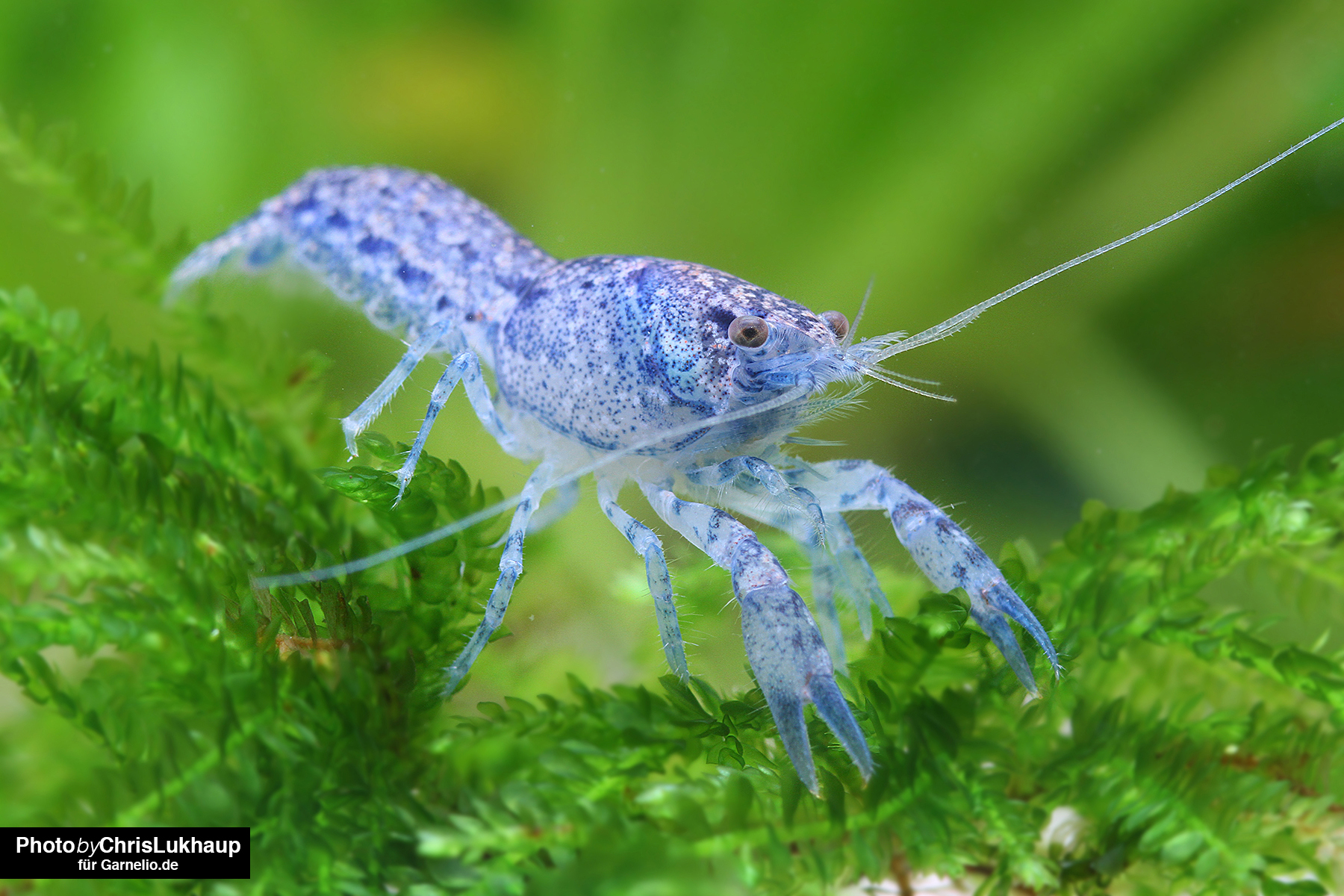
Which water values do dwarf crayfish need?
Since dwarf crayfish are nowhere near as sensitive as shrimp when it comes to water hardness, you basically have fewer restrictions when it comes to fish selection, and can be well guided by the needs of the fish. Basically, however, very acidic, soft water with a low pH is not so well suited for most dwarf crayfish, they like water from a neutral pH of 7 to 7.5 upwards. So soft water fishes are not suitable for socialization with dwarf crayfishes, purely because of the demands on the water values!
Socialization: What is not possible?
There are always some basic points to consider when fish and dwarf crayfish are to be kept together: Even the cute little dwarf crayfish have claws, and they can pinch hard with those claws. Fish that cannot swim well and are not very agile, for example long-finned fighting fish or the veil forms of guppies, catfish, danios and so on, should never be kept in an aquarium with dwarf crayfish. The fins are also sometimes nipped by the small dwarf crabs and can then become nastily infected. The same is true for dwarf clawed frogs. They can be badly injured by the crayfish because their soft skin offers no protection against the claws.
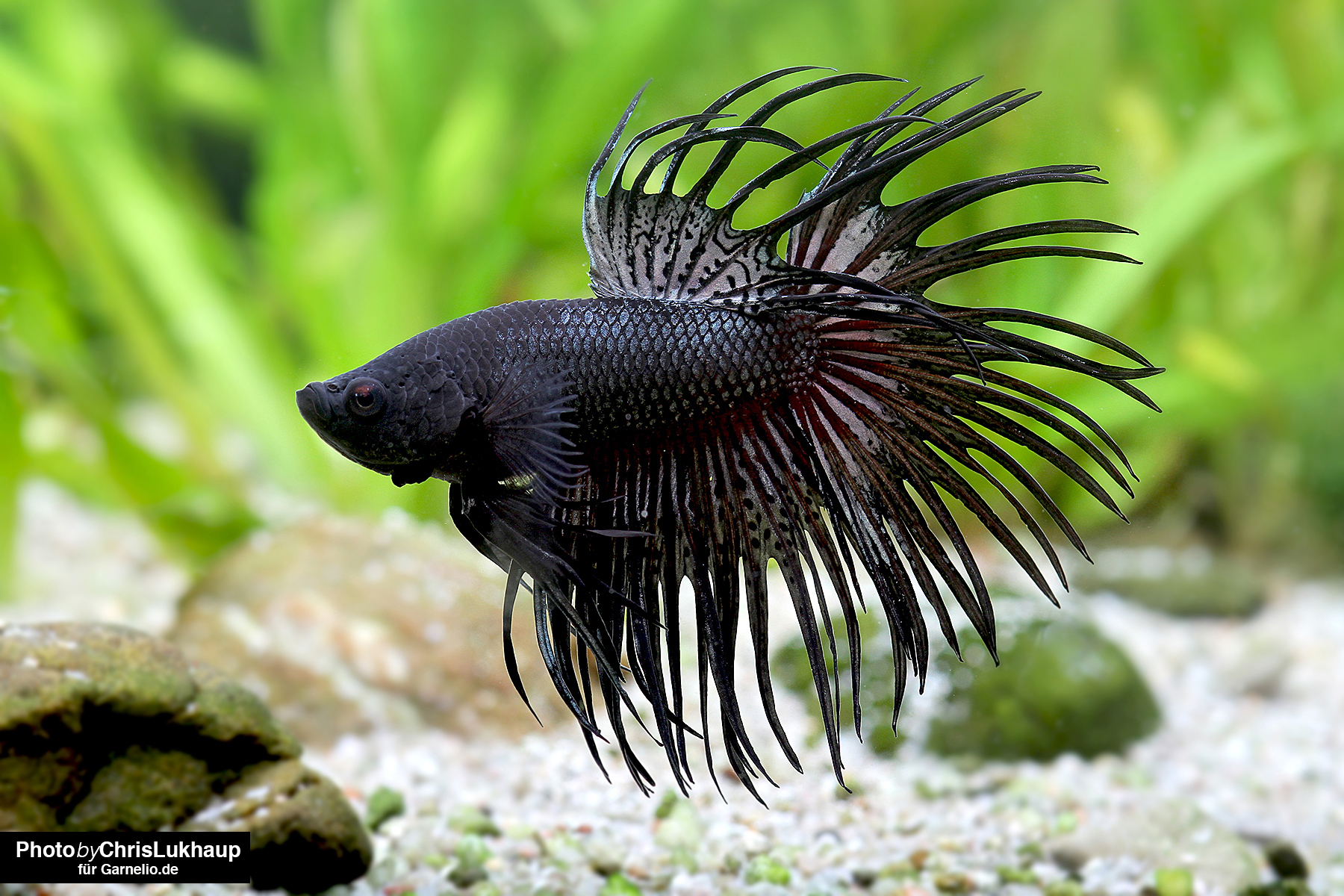
Fish that sleep on the bottom (for example, honey gouramis, some perches and some tetras) or fish that live on the bottom, such as loricariids (for example, ear lattice catfish or antenna catfish), armored catfish and gobies, are also not well suited for socialization with dwarf crayfish. Dwarf crayfish will sometimes nip a fish that is in the way. There are always examples where dwarf crayfish are successfully kept with Antennae Catfish or Corydoras - but here it must be said clearly: Crayfish are always character animals, what works with one, does not necessarily work with the other. Especially among the dwarf crayfish there are extremely peaceful and compatible specimens as well as highly aggressive representatives.
What is of course also not possible without losses is the socialization of dwarf crayfish with predatory fish. For small dwarf crayfish already angelfish or dwarf cichlids can be a problem, the socialization with cichlids like Malawi cichlids or Tanganyika cichlids, with perches, gobies, knife fish and bone tongues like the Arowana is not possible at all. Turtles also love to eat dwarf crayfish for a living. The smaller representatives of these fish can also severely injure or kill dwarf crayfish. Many predatory fish strike at the latest after the dwarf crayfish has molted and tear the unprotected animal, whose shell is still soft, into a hundred shreds to eat it with relish.
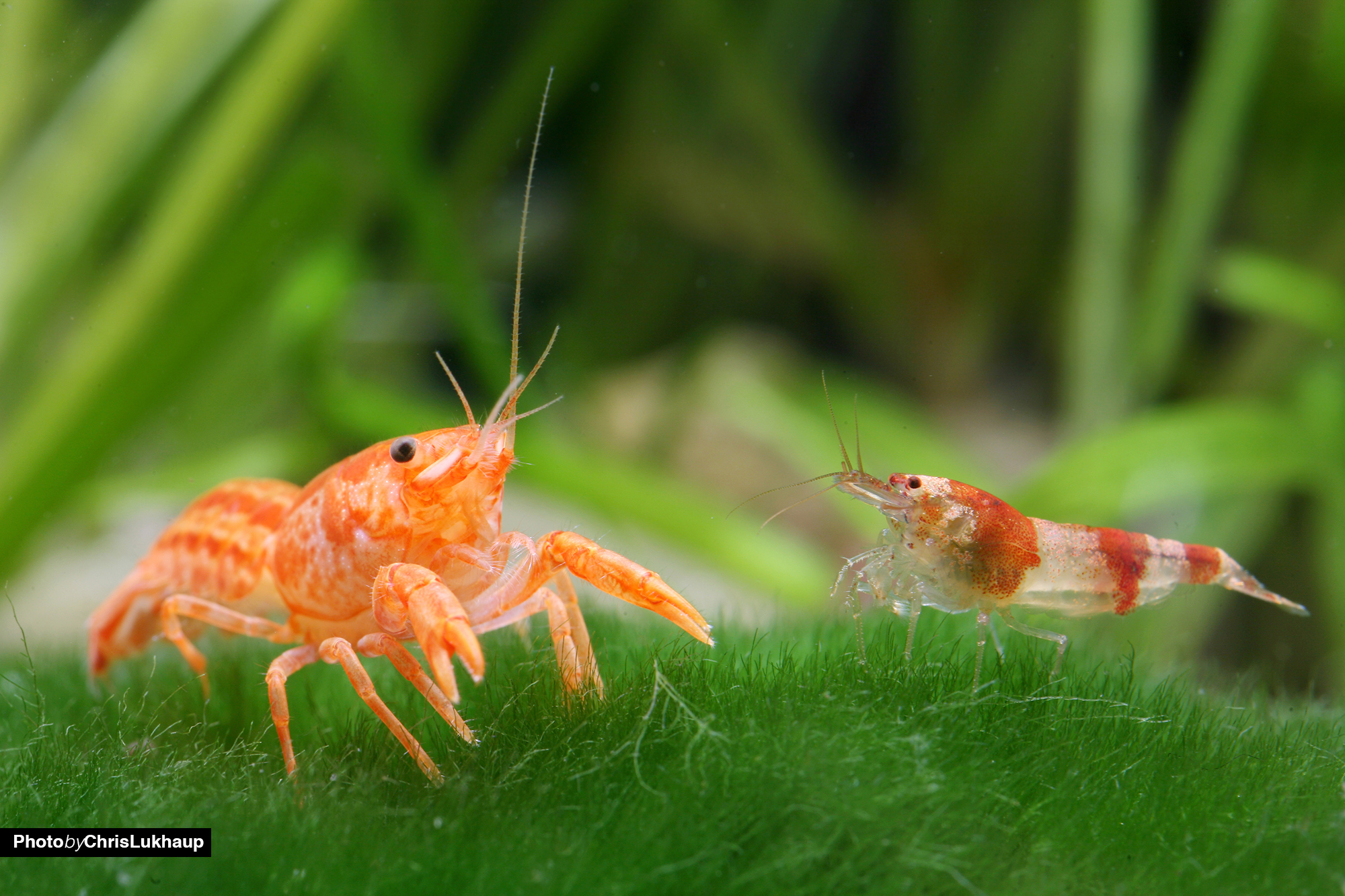
What goes - Fish and dwarf crayfish - basic principles
Due to the size of the dwarf crayfish, similar rules apply as for the socialization of fish with shrimps: Even with rather peaceful fish that are not pure herbivores, it can happen that once a dwarf crayfish (especially as a juvenile) is eaten. What fits into the fish mouth will be eaten in case of doubt. Very small fish are more likely to not go for the dwarf crayfish, even the offspring.
Surface-oriented fish and fish that prefer the middle layers of water should be given priority for a crayfish aquarium. There is little danger here, as the habitats of the dwarf crayfish do not collide with those of the fish.
Behavior of dwarf crayfish
Since dwarf crayfish tend to hide anyway, you should provide plenty of hiding places and shelters even in a crayfish-only aquarium (and always provide a few more than there are dwarf crayfish). In addition to clay tubes and clay caves, they will also find plenty of hiding places in foliage layers of brown autumn leaves, crawling under roots or into the spaces between stone structures.
Since dwarf crayfish do not garden, i.e. leave the plants alone and neither dig them up nor clip them, they can also be kept in a nicely planted aquarium.
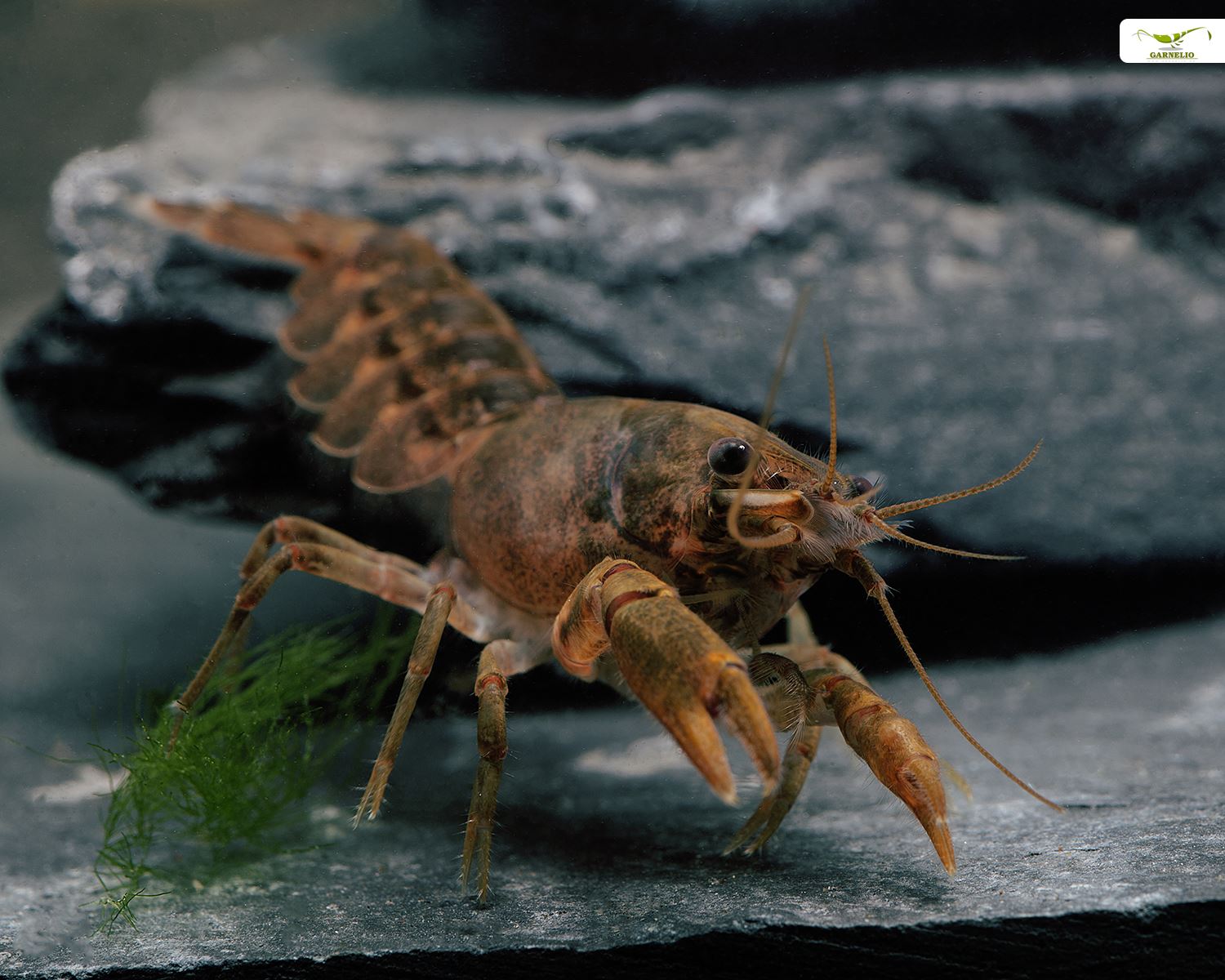
The aquarium size in a socialization
When keeping aquarium fish, as well as dwarf crayfish, we must keep in mind the minimum recommended aquarium size. Dwarf crayfish need a lot of floor space, which should also be well structured. In Germany, there is no law prescribing a minimum size for fish keeping, but the recommendations are based on the 1998 report on the minimum requirements for keeping ornamental fish (freshwater) by the Federal Ministry of Consumer Protection, Food and Agriculture, which recommends a minimum of 54 liters or 60 cm edge length, except for very small species, for temporary keeping or for breeding. In Austria, the Animal Husbandry Ordinance applies, according to which no fish at all may be kept in aquariums with an edge length of less than 60 cm or 54 liters. For dwarf crayfish, a well-structured 60 cm tank is also absolutely fine.
Tetra
The association of dwarf crayfish with tetras can be recommended to a limited extent. Larger tetra species are relatively predatory and can be especially dangerous to young crayfish. A tetra is easily recognized by its small adipose fin, which it has on the upper side between the caudal fin and the dorsal fin. Tetras are for example Red, Blue and Black Neon Tetras, Neon Tetras, Sparkling Tetras, Copper Tetras, Red-Headed Tetras, Red of Rio, to name only a few species known and popular in aquaristics. As rather predatory omnivores, tetras sometimes hunt actively. Dwarf crayfish need plenty of hiding places in a community aquarium with tetras: caves, tubes that the fish can't get into, perforated bricks, well-structured root landscapes, ... However, adult, large dwarf crayfish tend to have nothing to fear from small and medium-sized tetras.
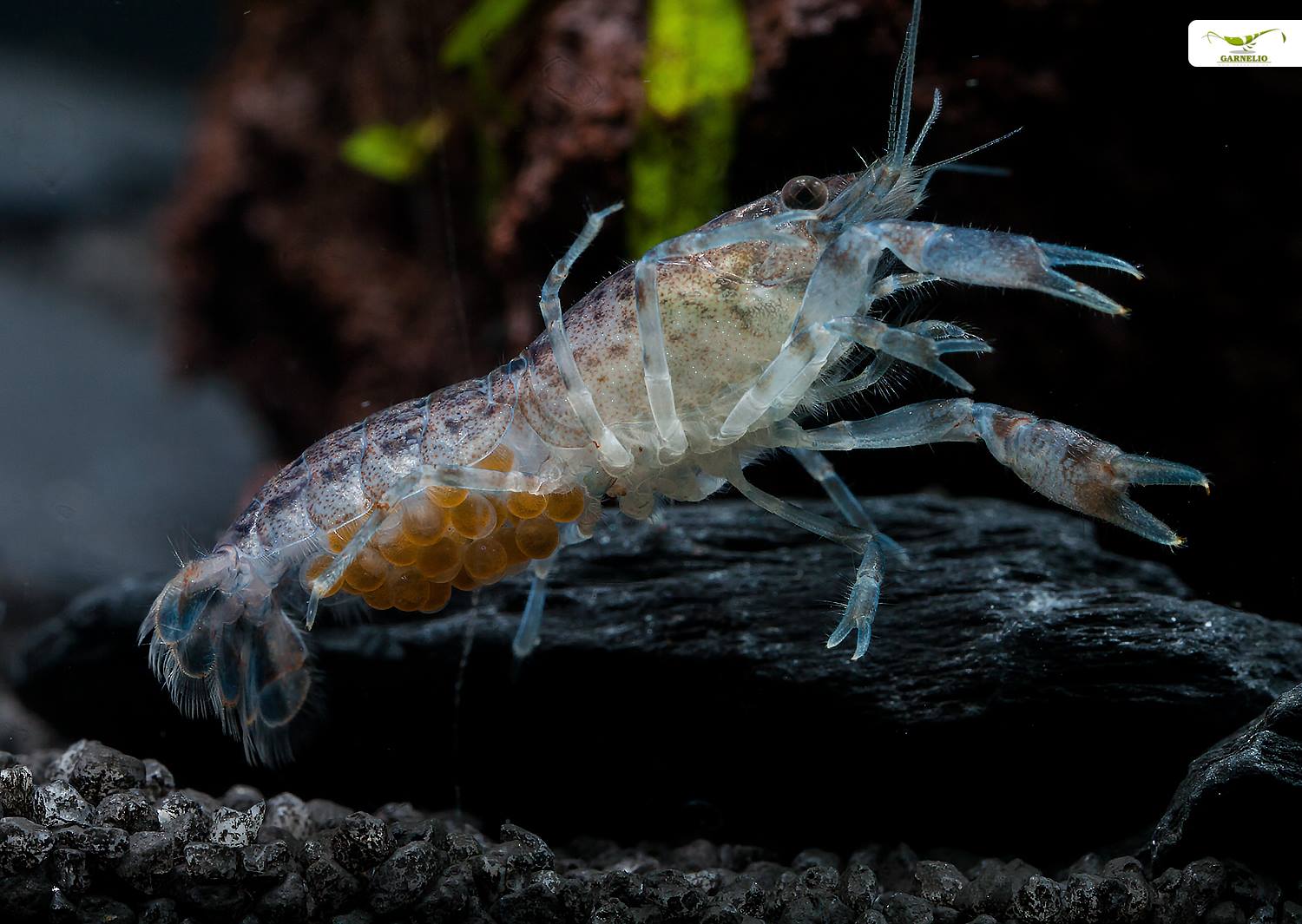
Livebearing
Dwarf crayfish in a community aquarium with livebearers is possible. The swordtails, platies, mollies and guppies as well as Endler guppies, which are widely spread in aquaristics, fit quite well to dwarf crayfish regarding the requirements to the water values (rather hard) and regarding the reproduction rate and robustness. However, you may have to be careful if very curious specimens become a nuisance to the crayfish.
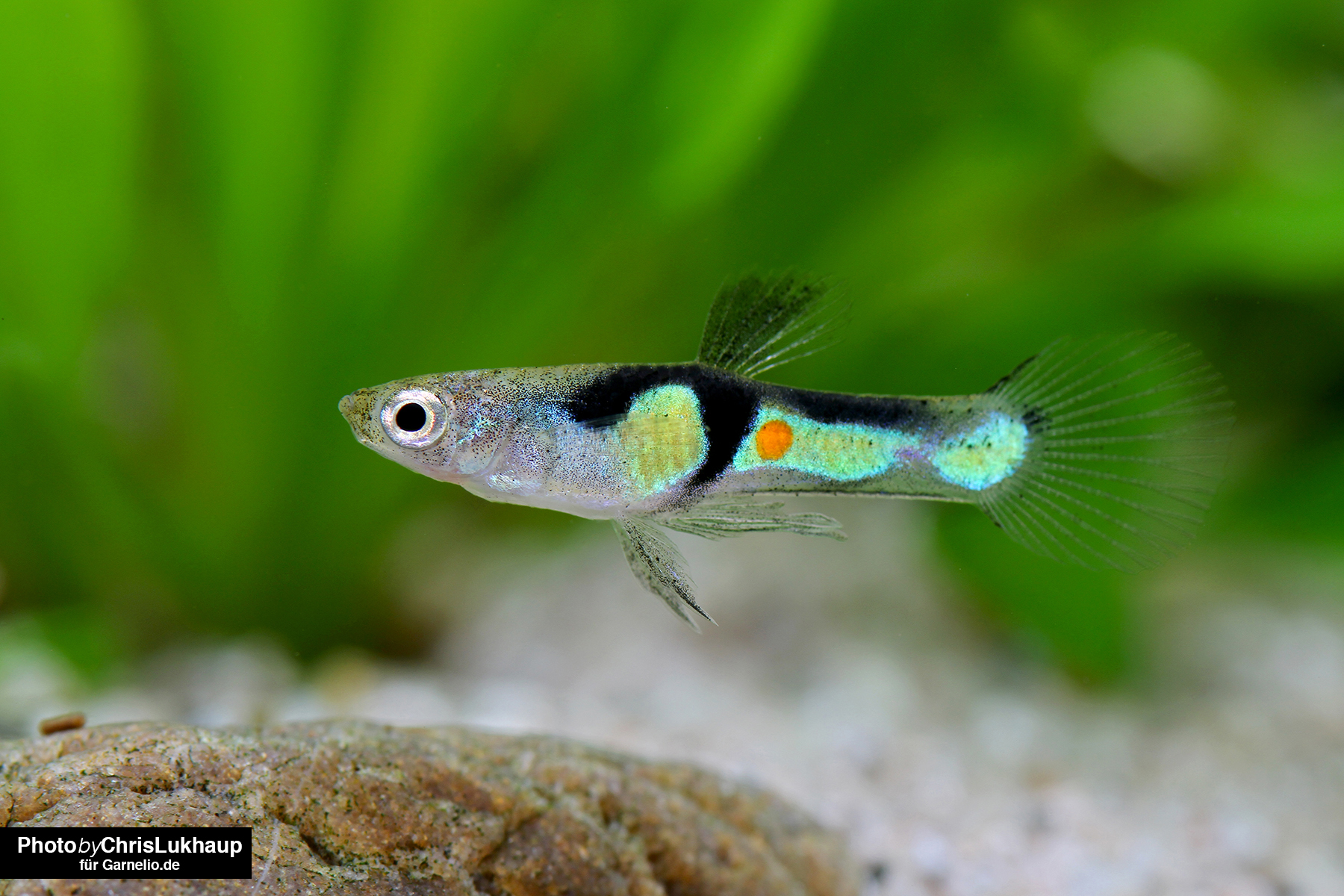
Carps
Smaller carps (teddy carps or dwarf carps), shining eye fish or rice fish are good by-fish for dwarf crayfish. They are not as intrusive as Guppies & Co. Also the larger surface-oriented Pikefish / Killifish are not a major threat to Dwarf Crayfish if there are enough hiding places.
Dwarf danios and barbs
Small danios that can cope in harder water, such as the zebra danio, the cross-striped danio or the guinea fowl danio, can be well socialized with rather peacefully inclined dwarf crayfish. Also the barbs that grow to a little more body size, such as the moss barb, fit well with dwarf crayfish - always assuming sufficient hiding places, of course.

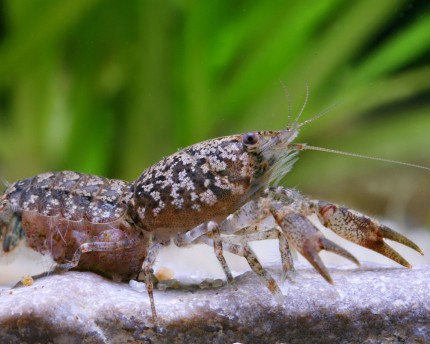
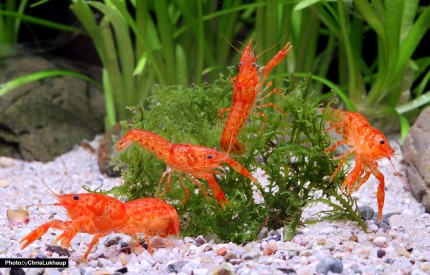
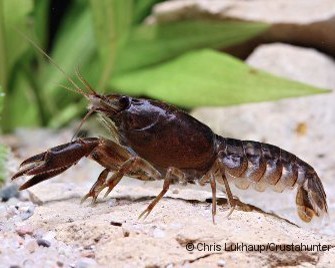
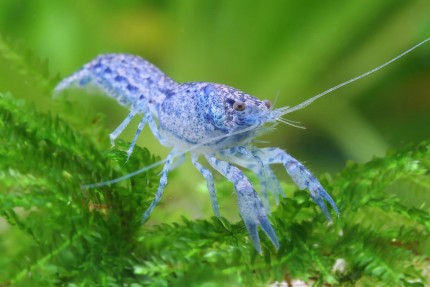
Kurie mit Kardinälchen und Plan für Zwergkrebse.
Hallo, ich habe ein offenes 200l Becken mit z.Zeit 35 Kärdinälchen ( warte jetzt auf den Papst ) Ich würde gerne einige kleine Zwergkrebse anschaffen, nur habe ich die Befürchtung das diese dann bald die Freiheit suchen und dann nicht mehr bei mir zu Gast bleiben. Zu den Kardinälchen werde ich noch 30 Garnelen hinzufügen, wobei ich annehme, das die Fischschen sich nicht an den Garnelen vergreifen werden. Für Verstecke habe ich ausreichend gesorgt. Vor dem Einsatz von Schneckenbuntbarschen in einem Aquarium kann ich nur abraten. Die bildeten zwei sich bekämpfende Familien und machten sich einen Spass daraus das Becken über Nacht einfach umzugestallten. Dabei haben sie sich nicht an meine Pläne gehalten und einfach umgebaut. MfG Peter